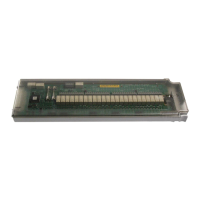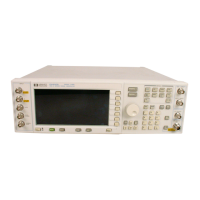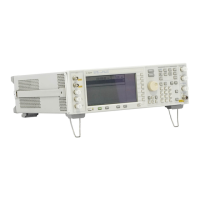1-2
Troubleshooting
Electrostatic Discharge (ESD) Information
Electrostatic Discharge (ESD) Information
WARNING The following techniques related to ESD and static–safe workstations
should not be used when working on circuitry with a voltage potential
greater than 500 volts.
ESD can damage or destroy electronic components. All work on electronic assemblies should be
performed at a static–safe workstation using two types of static–safe workstation protection:
• conductive table–mat and wrist–strap combination
• conductive floor–mat and heel–strap combination
Both types, when used together, provide a significant level of ESD protection. Of the two, only the
table–mat and wrist–strap combination provides adequate ESD protection when used alone. To
ensure user safety, the static–safe accessories must provide at least 1 MΩ of isolation from ground.
Handling of Electronic Components and ESD
CAUTION Many of the assemblies in this instrument are very susceptible to damage from ESD.
Perform troubleshooting procedures only at a static–safe workstation, and wear a
grounding strap.
Always handle a printed circuit board assembly by its edges. This reduces the
possibility of ESD damage to components, and prevent contamination of exposed
plating.
The possibility of unseen damage caused by ESD is present whenever components are transported,
stored, or used. The risk of ESD damage can be greatly reduced by close attention to how all
components are handled.
• Perform work on all components at a static–safe workstation.
• Keep static–generating materials at least one meter away from all components.
• Store or transport components is static–shielding containers.

